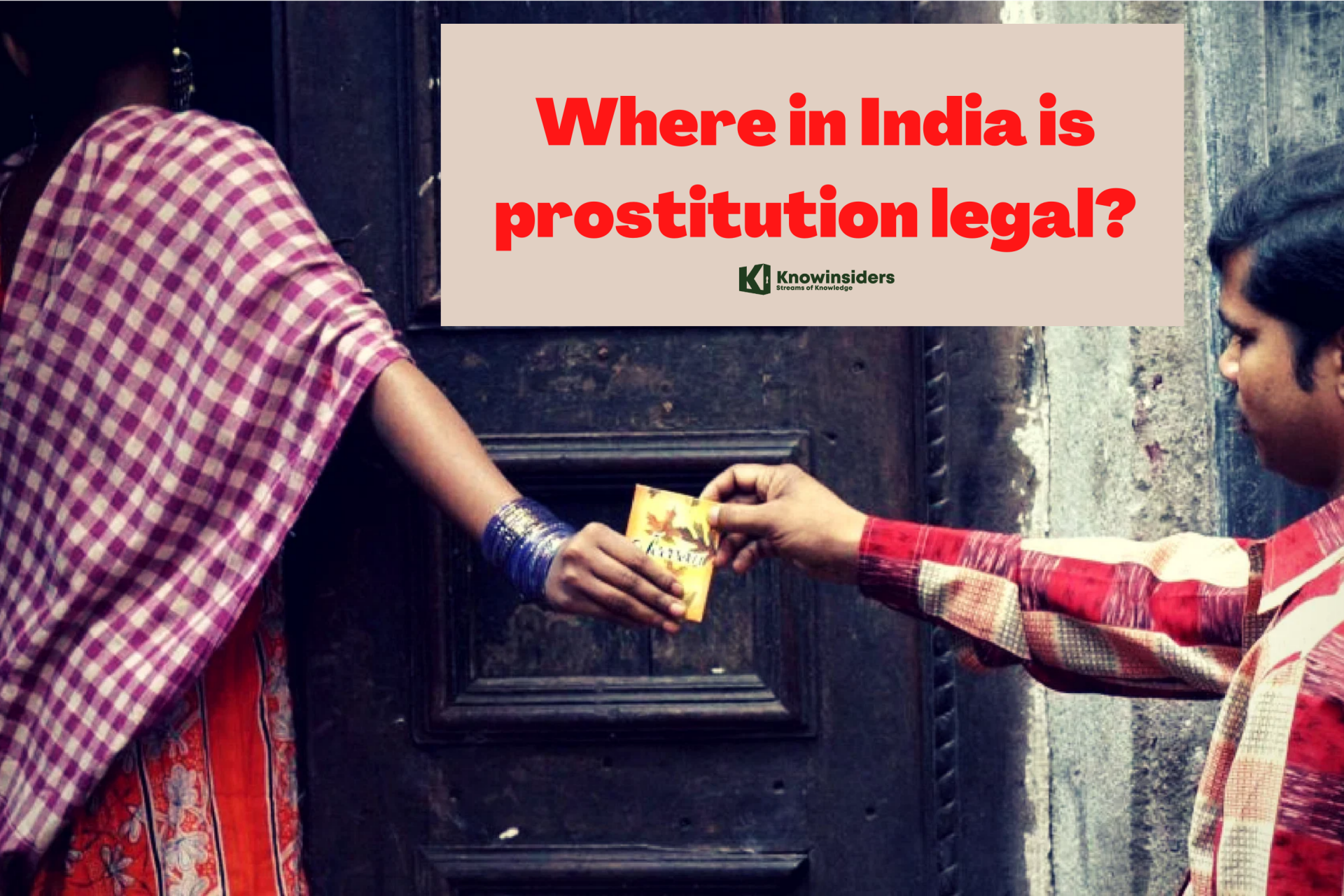Mardi Gras Day: Date, Time, Traditions
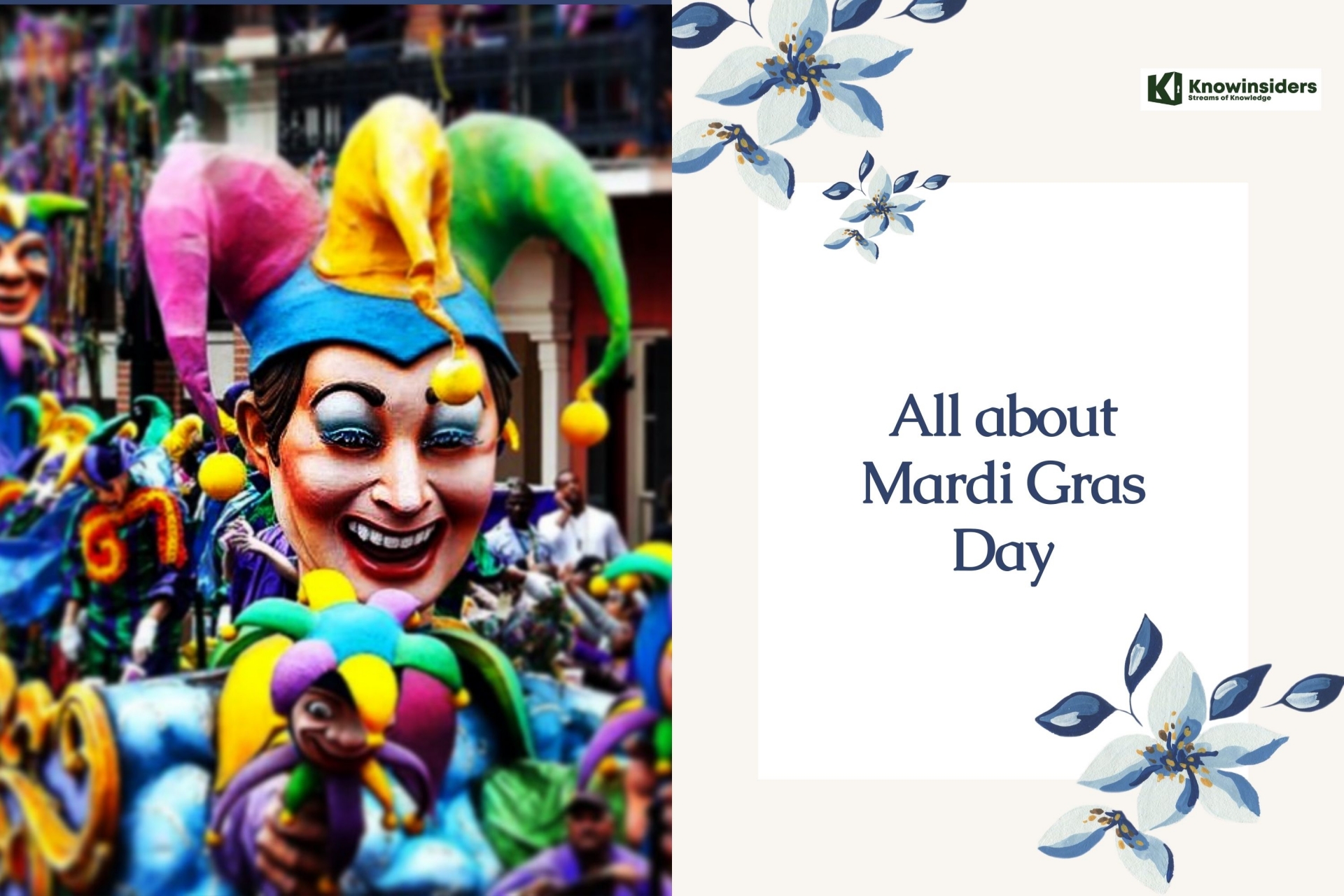 |
| Mardi Gras Day. Photo: KnowInsiders |
There are some questions about Mardi Gras Day, which takes place on Fat Tuesday. Right below is what you should know about Mardi Gras.
What is Mardi Gras?
Mardi Gras celebrates the day before Ash Wednesday—a.k.a. the start of the Lenten season. Lent is a time for fasting and sacrifice in Christianity, so Mardi Gras is viewed as the final opportunity to indulge in earthly pleasures. The holiday name is French for "Fat Tuesday"—a reference to the fatty foods eaten during the holiday. It's also known as Shrove Tuesday, which comes from the word shrive, meaning "to confess one's sins," and Fastnacht Day, from the German word for donut. Mardi Gras celebrations are called carnival or carnivàle in many parts of the world.
When is Mardi Gras?
Mardi Gras is traditionally celebrated on “Fat Tuesday,” the Tuesday before Ash Wednesday and the start of Lent. In many areas, however, Mardi Gras has evolved into a week-long festival.
When is Mardi Gras in 2022 and how long does it last?Mardi Gras day falls on March 1, 2022. However, Carnival celebrations always begin on January 6, a date referred to in the Christian calendar as the Twelfth Night because it marks the end of the Twelve Days of Christmas (and hence the holiday season). Every year, Carnival season kicks off on this date at sundown and is followed by a weeks-long schedule of lively parades and street parties. Celebrations ramp up especially in the two weeks before Fat Tuesday. If you’re planning a trip this year, the biggest events will take place between February 23 and March 1, 2022. Unsurprisingly, this tends to be busiest time to go to New Orleans for Mardi Gras. If you prefer a slightly quieter trip—and less competition for hotel rooms—aim for earlier weekends in February. |
Mardi Gras History
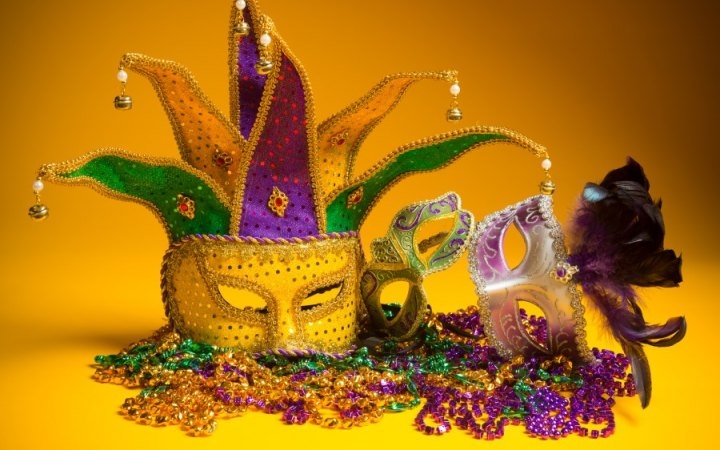 |
| Photo: WKRG |
To understand the history of Mardi Gras, it is important to understand its Christian roots. As is the case with many modern holidays, Mardi Gras was born from an ancient Roman pagan festival, Lupercalia. Lupercalia was a carnival-like celebration held in February that was similar to Mardi Gras celebrations held today. As the Romans began to embrace Christianity, the church sought to incorporate existing celebrations rather than eliminate them, with the reasoning that doing so would make the new faith easier for the public to accept. Lupercalia became a sort of last hurrah before Lent, the Christian period of self-denial beginning with Ash Wednesday and leading up to Easter. The final day before Ash Wednesday and Lent is now known as Fat Tuesday, and is the pinnacle of Mardi Gras celebrations. Fat Tuesday is always 47 days before Easter.
Mardi Gras has been celebrated as a major holiday in Paris since the Middle Ages. It was brought to the new world by the French explorer Iberville. The practice of throwing lavish masked balls before Lent was common in New Orleans during the 1700’s, but was banned when the area fell under Spanish control. Once New Orleans became a part of America, people began to petition for the right to continue the custom. That right was granted by the Governor in 1827.
Early celebrations were fraught with violence and many called for them to be ended. A group known as the Comus organization was founded in 1857 and changed the public opinion by adding beauty, class, and safety to the festivities. They were the first organization to identify themselves as a krewe. There are now more than 60 krewes active in New Orleans. Today’s krewes host all manner of Mardi Gras festivities, especially parades and balls. They are based on everything from ancient mythical figures to modern science fiction wookies. Despite numerous disruptions throughout the years, Mardi Gras in New Orleans is now firmly established and here to stay.
Where is it celebrated?
In America, celebrations for Mardi Gras are most famous in New Orleans, where it is the conclusion of weeks of parades that begin in January. Other Southern cities, especially with French heritage, such as Mobile, Ala., also mark Mardi Gras. The day is the culmination of the Carnival season, which begins on or after the Christian Feast of the Epiphany in January. Carnival season also is celebrated in many Catholic-majority countries, most well-known in Brazil, where elaborate parades fill the streets.
Why do People Celebrate Mardi Gras?
Traditionally, people celebrated Mardi Gras as a last day of excess and a last chance to deplete their stocks of foods that couldn't be eaten during Lent. The celebration became a way to revel in excess before people focused on the religious rite of going without. Today, many people celebrate Mardi Gras as a way to show off and have fun with friends, family, and strangers.
Mardi Gras Traditions
Masks
Why do People Wear Masks for Mardi Gras?Mardi Gras masks were meant to help guests hide their identity as they engaged in Mardi Gras debauchery and mingled with other classes of people. They also serve as outward representations of parts of the wearer's personality. By law, anyone riding an official Mardi Gras float in New Orleans has to wear a mask. |
The masks are one of the most popular Mardi Gras traditions. It’s thought that masks during Mardi Gras allowed wearers to escape society and class constraints to mingle however they wished.
Parades
The parades are organized by prestigious New Orleans social clubs, or Krewes (pronounced “crews”). Each Krewe has its own royal court and hosts parties and masked balls during Carnival Season, leading up to the parade.
Beads or Throws
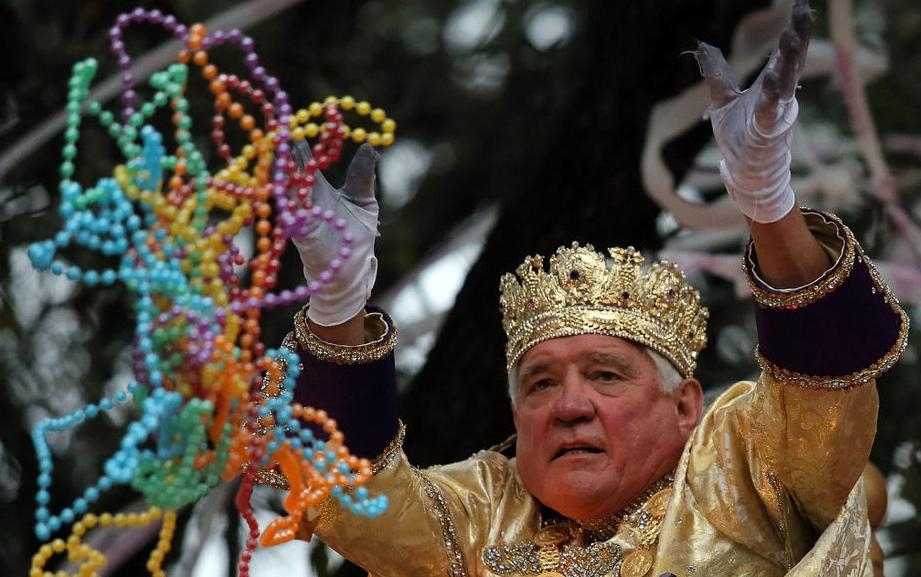 |
| Photo: NOLA |
Krewe members on floats throw beads and trinkets to the parade-goers; it’s a tradition that goes back to the early 1870s. The beads seem to be a nod to a king throwing gems to his loyal subjects as he passes by on his carriage.
Why do people throw beads during Mardi GrasThe practice of handing out trinkets during Mardi Gras can be traced back to the 19th century. In the 1870s or 1880s, Louisiana party organizers known as krewes began handing out shiny tokens to carnival-goers. Beads have represented health and prosperity for much of human history. The first Mardi Gras beads—made of glass instead of cheap plastic—became highly-coveted items among revelers. |
Purple, green, and gold
The colors of Mardi Gras were selected by the Krewe of Rex in 1872. Purple represents justice, green represents faith, and gold represents power.
King Cake
Only eaten during Mardi Gras, King cakes are a cross between a French pastry and a coffee cake, topped with icing and sugar in the Mardi Gras colors. They can be served on Three King’s Day (January 6) through the end of Mardi Gras. A small baby (representing Jesus) is hidden in the cake. Tradition says whoever gets the king cake piece containing the baby is supposed to provide the king cake for the next gathering.
Mardi Gras in New Orleans
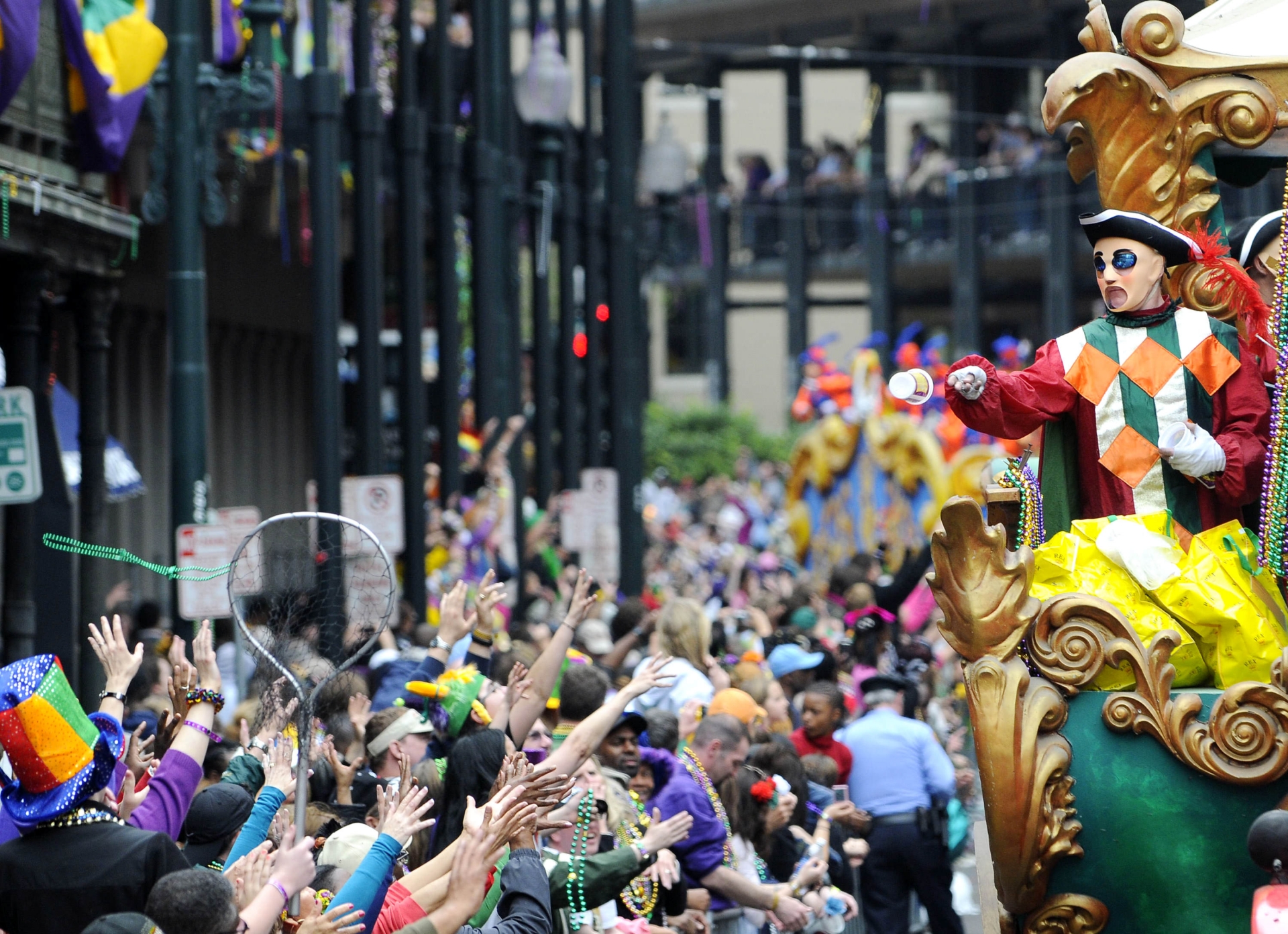 |
| Photo: Big Fish Presentations |
It doesn’t take a special occasion to have a good time in the heart of the bayou. New Orleans, also known as The Big Easy – is a vibrant city full of music, life, color, and soul year round. The historic French Quarter, antebellum Garden District, bustling downtown, and laid back Riverwalk all hold endless hidden treasures of days gone by and good times to come. The whole city drips with a beautiful culture you will not find anywhere else in the world. It is like its own country, a completely unique jewel in the crown of Lady Liberty.
But, if you go to New Orleans looking for a good time, and want a special occasion to do it, there’s no time like Mardi Gras.
Mardi Gras has gained a reputation over the years as ground zero for debauchery. Unfortunately, there is much more to this rich and beautiful tradition than what is portrayed in the media and elsewhere. Many public events around the city are very family-friendly, and many are tailored to entertain children more than adults. In general, those looking for rowdy celebrations should stick to the Bourbon Street area at night, and those looking for family fun should avoid the French Quarter after dark.
Mardi Gras Around the World
Across the globe, pre-Lenten festivals continue to take place in many countries with significant Roman Catholic populations.
Brazil’s weeklong Carnival festivities feature a vibrant amalgam of European, African and native traditions. In Canada, Quebec City hosts the giant Quebec Winter Carnival. In Italy, tourists flock to Venice’s Carnevale, which dates back to the 13th century and is famous for its masquerade balls.
Known as Karneval, Fastnacht or Fasching, the German celebration includes parades, costume balls and a tradition that empowers women to cut off men’s ties. For Denmark’s Fastevlan, children dress up and gather candy in a similar manner to Halloween—although the parallel ends when they ritually flog their parents on Easter Sunday morning.
What's an ecclesiastical full moon?The Astronomical Applications Department of the U.S. Naval Observatory explains that "the full moon involved is not the astronomical full moon but an ecclesiastical moon (determined from Catholic Church tables) that keeps, more or less, in step with the astronomical full moon." The AA explains that "In 1582, Christopher Clavius and a council working at the direction of Gregory XIII (Pope of the Roman Catholic Church) completed a reconstruction of the Julian Calendar producing new Easter tables." |
What do People Eat on Mardi Gras and Why?
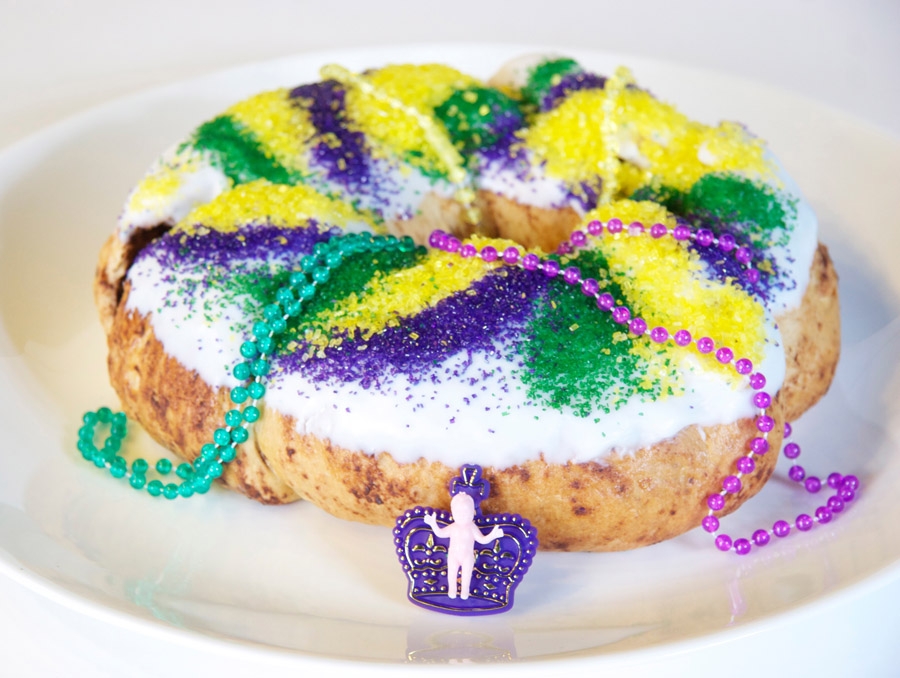 |
| Photo: Festival Foods |
Traditional Mardi Gras foods vary slightly from culture to culture, but typically include ingredients that aren't allowed during lent. Since you can't use the ingredients for the next couple weeks, the ideas is to clear them from your home by enjoying them now.
The king cake was borrowed from Roman traditions and it's a symbol of good luck and gives you special responsibilities for the day if you find the king buried in your piece of cake
Pancakes and crepes are traditional Mardi Gras foods because they were great recipes for clearing out your stock of eggs, milk, and butter, which you wouldn't eat during Lent.
Doughnuts like French beignets or Polish paczkis are also popular because they use lard and other ingredients not permitted during lent.
Who organizes and pays for Mardi Gras?
Krewes are private, non-profit organizations whose members get together year-round to plan their parade's theme, costumes and throws, according to Mardi Gras New Orleans. They are individually funded by members through dues, sales of krewe-related merchandise and fundraising, including corporate sponsorships. The city of New Orleans is not involved in coordinating Mardi Gras parades; its only involvement is to issue parade permits.
Mardi Gras parades in New Orleans will be shorter in 2022While Mardi Gras parades are happening throughout New Orleans in 2022, the routes had to be shortened due to COVID-related staffing shortages with fewer police officers, medics, and other first responders to handle the crowds, the Associated Press reported in December 2021. With dozens of parades scheduled, it may be hard to pick which ones to attend. Melissa Comardelle, chief concierge at the new Four Seasons Hotel New Orleans and New Orleans native, recommends the all-female Krewe of Muses parade. “The prized catch is a decorated shoe,” Comardelle said. “I haven’t caught one yet, but I’m working on it.” Find the full 2022 Mardi Gras parade schedule at mardigrasneworleans.com, and the route changes at nola.gov. |
 Galentine’s Day: Date, Celebration, Tradition and Meaning Galentine’s Day: Date, Celebration, Tradition and Meaning Have you ever heard of Galentine’s Day (February 13)? Sounds like Valentine Day? It’s not. Read on to know when it is and how it ... |
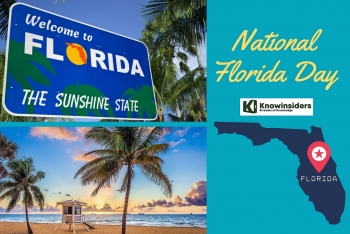 National Florida Day: Celebration, History, Meaning and Facts National Florida Day: Celebration, History, Meaning and Facts National Florida Day (January 25th) is coming. Celebrating this day by learning about its history and interesting facts. |
 Beer Can Appreciation Day: Dates, Celebrations, History, Meaning and Facts Beer Can Appreciation Day: Dates, Celebrations, History, Meaning and Facts A fan of beer may know that there is a special day that people value beer can named Bear Can Appreciation Day (January 24th). |



